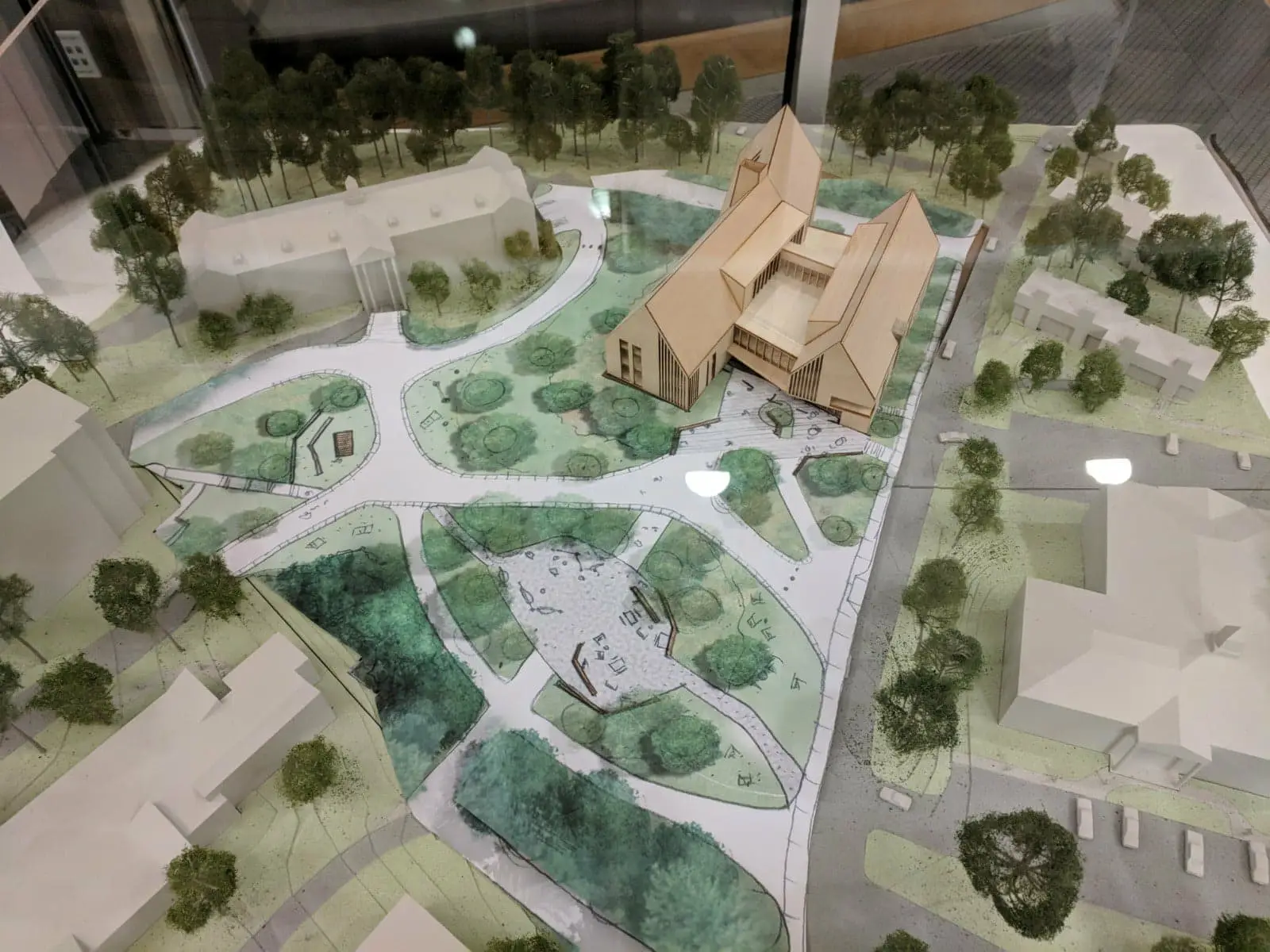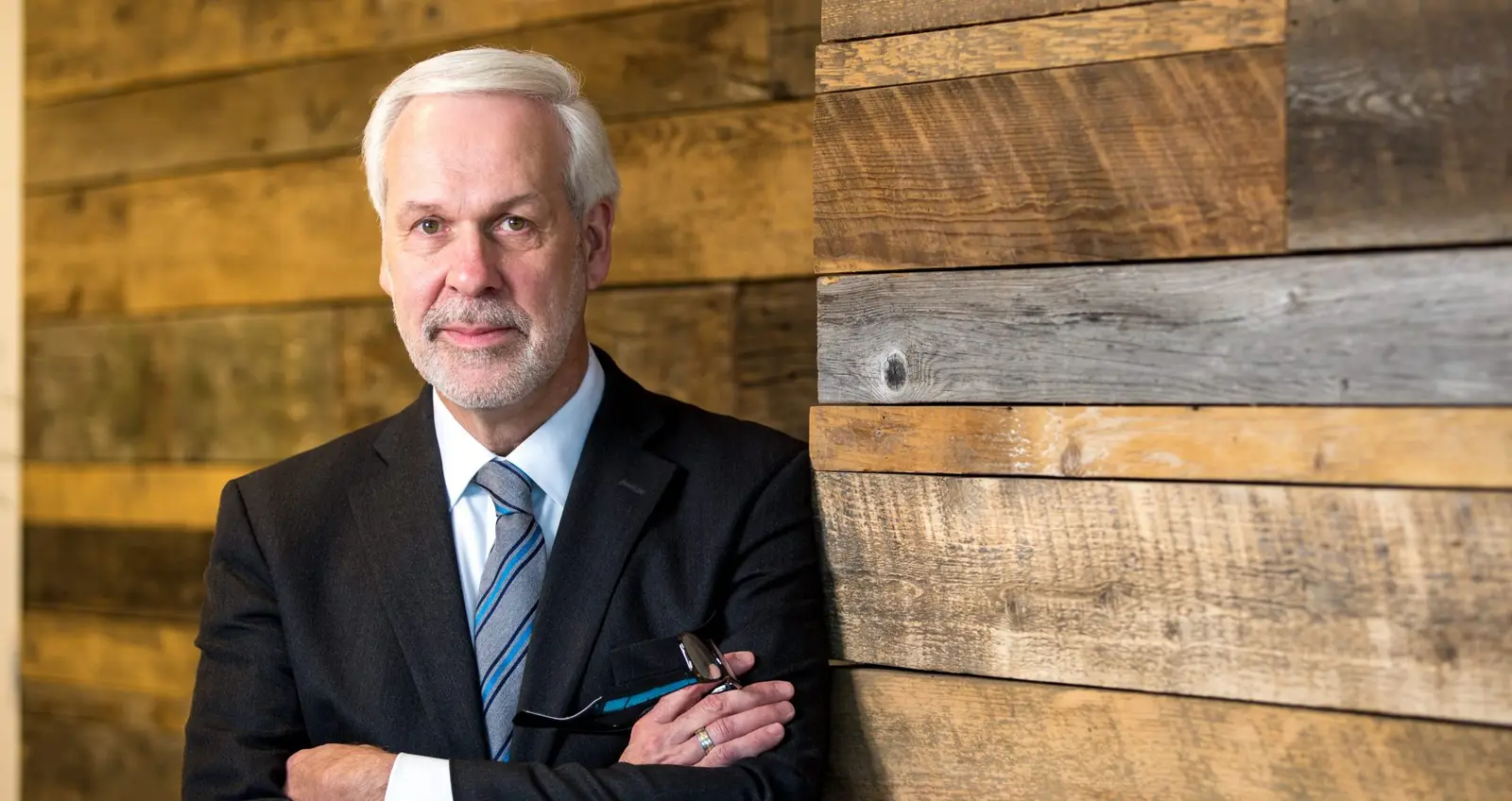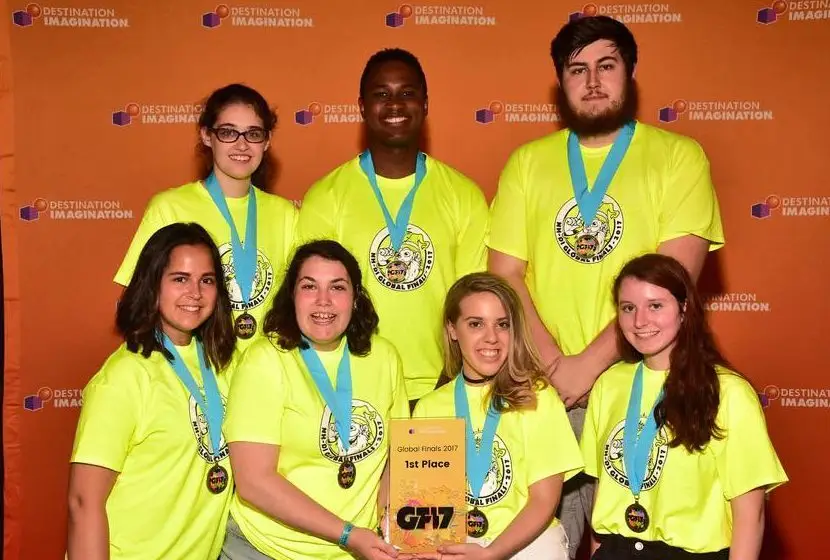Beginning in May 2018, SNHU will begin construction on a new College of Engineering, Technology and Aeronautics (CETA) building, as well as a new green space in place of the townhouses and Washington parking lot, respectively. These construction projects are only a few of many that the SNHU community can expect in the near future.The new green space, inspired by the likes of Northeastern University, will move away from the traditional-style quad like the one between Robert Frost Hall and the Hospitality Building.
According to President Paul LeBlanc, this new quad should be considered “more of a play space.”
“The new [quad] will be a little bit less formal with more seating areas, Adirondack chairs; [we’re] even talking about hammocks and things. [It will be] kind of more [like a] gathering place,” LeBlanc said.
Students can also expect an outdoor amphitheater with tiered hillside seating and a small stage near Kingston Hall. This stage could potentially be used for concerts or other performances.
Ideally, the green space will replace the Washington lot as the new heart of SNHU’s campus. The design intends to promote that ideal by providing a youthful feeling with more places for students to spend their free time.
As education begins to move away from the conventional college experience, LeBlanc’s focus remains on how to appeal to the next generation. This includes rethinking facilities on campus and creating more efficient ways to use them. This philosophy has not only inspired the green space, but also the new CETA building.
STEM programs have been in high demand across the nation, and many universities are working towards making the education process as efficient as possible. LeBlanc described how SNHU is taking initiative in redesigning the way STEM programs are taught and how the new CETA building will achieve this goal.
“The CETA building itself is really well designed for innovation and design thinking and creativity, and I think it’s going to be a great building as we try to rethink engineering education,” said LeBlanc. “We have a sort of larger initiative to rethink engineering education generally and there’s a national discussion going on about the ways we have to [be] better in training people for engineering fields. The way we educate engineers hasn’t changed in a very long time, and the things we’re learning is that engineers have to be not only good at the physics and the science of engineering, but they also have to be design thinkers and systems thinkers. They have to know how to work in teams; it’s no longer a heads down individual performance.”
The CETA building will become the most striking building on campus and, according to LeBlanc, the inside will be just as impactful as the outside.
“We move away from traditional classroom spaces to design studios that have all the furniture on wheels, so you can constantly change and reshape the space you’re in. [Spaces] that have the faculty not clustered in offices, but distributed [within them]. So, faculty are sort of moving in and out of engagement with students,” LeBlanc said. “It’s not like ‘I teach my class and I go back to my office;’ it’s now [a very fluid space], and it’s fluid not only in the way people move, but it’s fluid in the way people interact, and that’s actually the most important point.”

President LeBlanc also said that the old CETA building will be used as an annex for its replacement, where some of the bigger equipment will be stored.
LeBlanc went on to explain more in depth why SNHU plans on making so many changes to campus, claiming the student benefits.
“Virginia Woolf has a very famous novel called A Room of One’s Own, and within it she argues that the spaces we inhabit have a real influence on the way we think and work. It’s always been, for me, a very influential book, and I care a lot about spaces. The way you design space really has an enormous impact on behavior. So we’re trying to create spaces that give students more choices.”
He used the library as an example of one of these spaces, in which students have various environments where they can choose to spend their time all within one building. He then described the major difference within the current generation of students compared to past ones.
“What we know about your generation of students is that you’re social learners. There’s a real impulse to be with others, so it’s a kind of alone together notion,” said LeBlanc. “We also know that increasingly in your careers and work life, you will be working in teams. So, we’re trying to create more group space everywhere. You’ll see all those principles at work in the new CETA building.”
President LeBlanc then became reminiscent of the way SNHU used to be when he first took over 14 years ago. He explained that SNHU was originally based on two farms and used to resemble more of a high school than a college campus with many outdated and inadequate facilities that needed to be improved.
“I think with every one of these buildings, we’re not only trying to replace old buildings, we’re also trying to think very hard about what happens inside those buildings and how those needs have evolved,” said LeBlanc.
When discussing these master plans for SNHU’s construction, it is important for LeBlanc to pay homage to SNHU’s online education system.
“Our success in being such a prominent, national plane in online education has produced the financial surpluses that have allowed us to make these investments,” said LeBlanc. “It’s also why we can do things like not increase tuition. It’s a very big deal.”
As education continues to evolve more and more into virtual space, this reflection becomes more and more necessary. SNHU’s online education system has contributed to the positive brand reputation that the university has upheld over the years. LeBlanc expanded his thoughts on online education and his vision for SNHU’s online program to coincide with campus life.
“I think that we will stop making distinctions; [online and on-campus] are all forms of learning. They’re interoperable; you can pick and choose depending on your needs,” said LeBlanc. “My bet is that the future is that we will be living in a blended reality.”
With a parking lot and two townhouses (Sunapee and Cranmore) being removed, it is reasonable for students to be wary of these advancements; however, LeBlanc reassures that the campus will be compensated for the facilities it will be losing next year.
“The plan right now is to design one final, smaller dorm to take out the last of the wooden dorms,” said LeBlanc. “We will not pull the Washington lot out of circulation until we’ve built more than that number of spots, also. We’re trying not to simply replace the number of spots, we’re trying to actually increase the number of parking spots.”
President LeBlanc further explained that there is a plan to create multiple smaller parking lots around the perimeter of campus so that students will be able to get where they need to be. The decision to move parking to the perimeter is not only for cosmetic reasons, but will be safer for students when walking through campus; they will be able to avoid the traffic of cars pulling in and out of the parking lots. Additionally, this design supports the idea of giving the campus a heart in the new green space.
President LeBlanc has a few other goals for the construction of SNHU including a closer School of Business and a performing arts center. He shared that these projects will most likely take place later in the future, however.
When asked about campus expansion, LeBlanc explained that the new structures are not being put up to expand campus, but rather to replace and improve the buildings that were already there.
“We really don’t intend to be much bigger than our current size of students,” said LeBlanc. “That’s kind of the optimal size.”
While LeBlanc is excited by the process of new facilities coming to campus, he is most proud of student involvement in designing them and encourages students to get involved in these discussions, stating that the best way to get involved projects is by reaching out to Resident Assistants and Residence Directors.
“This is not simply a question of designing buildings for students, but in some ways, these are buildings that have been partially designed by students,” said LeBlanc. “When we redesigned the Student Center or the Green Center, students were in those meetings. When we do dorm designs, students are in those meetings. I think that’s really important, and that’s why these buildings have been so successful. It’s not a bunch of people that aren’t going to live in those buildings, it’s actually from people who are in those spaces.”




